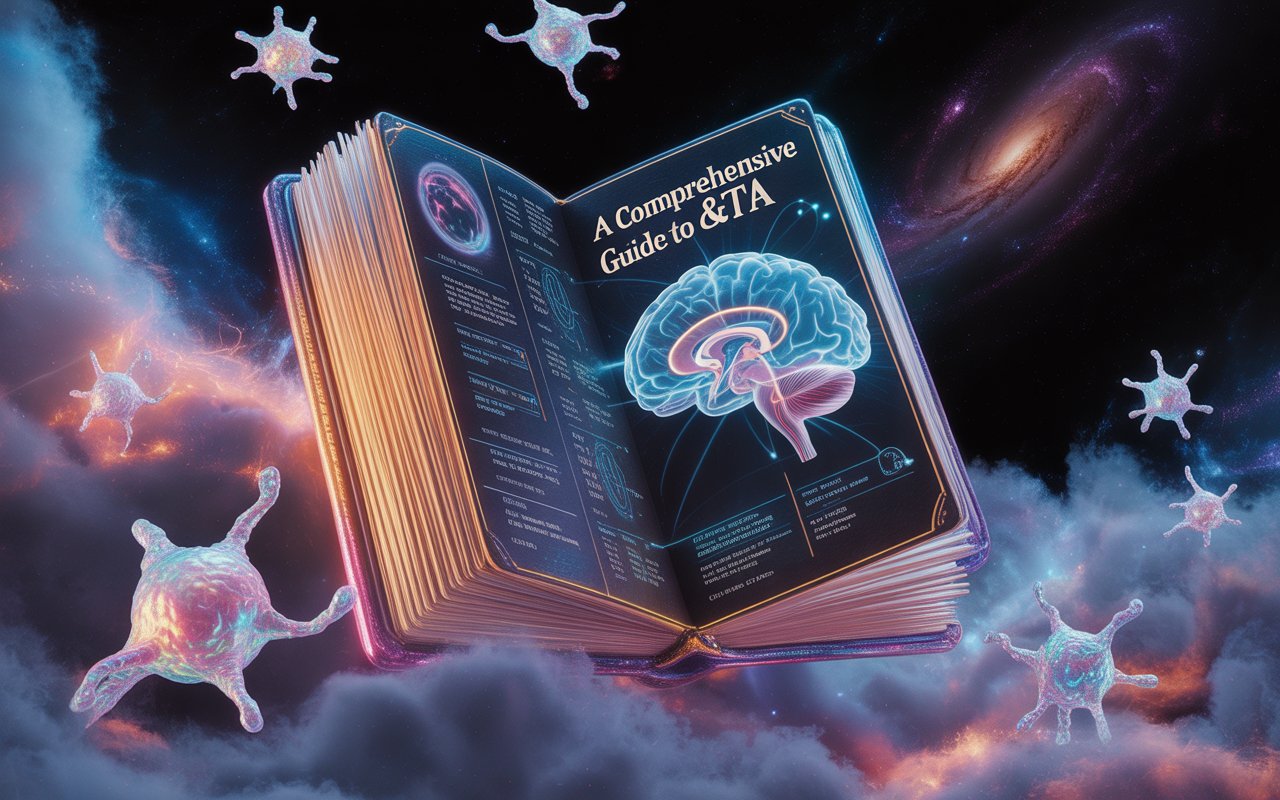The world constantly evolves through innovations, concepts, and systems that reshape industries and societies. Among these evolving ideas, a&ta stands out as a unique term that sparks curiosity. While not widely known, it has gradually entered conversations in academic, professional, and technological spaces. Understanding a&ta requires exploring its meaning, importance, and the ways it influences modern practices. This article highlights its origin, role, and impact across different sectors while also offering a future outlook.
What is A&TA?
The term a&ta is often associated with frameworks or models that combine assessment, analysis, and transformative approaches. In many contexts, it symbolizes adaptability, trust, and accountability. Its versatility makes it applicable in education, technology, healthcare, and organizational development. By examining it closely, one realizes that a&ta is more than a concept; it is a strategic pathway for improvement.
Historical Roots of A&TA
Understanding the origin of a&ta requires tracing back to initiatives designed for organizational efficiency. Early researchers and innovators introduced the idea to align assessment with targeted action. Initially, a&ta was adopted in academic discussions, later gaining relevance in business models and governance structures. With time, the term became a broader representation of continuous improvement, resilience, and long-term sustainability.
A&TA in Education
In education, a&ta helps institutions evaluate progress while fostering adaptability among students and teachers. Modern learning demands systems that evolve alongside global knowledge shifts. By applying a&ta, schools and universities measure performance, develop inclusive curriculums, and create supportive environments. For learners, it emphasizes critical thinking, adaptability, and lifelong skills. Thus, a&ta strengthens education by ensuring progress without losing flexibility.
A&TA in Technology
Technology thrives on rapid change, making a&ta especially valuable in this domain. It enables organizations to assess tools, adapt strategies, and adopt cutting-edge solutions. In software development, a&ta supports iterative improvements, ensuring products remain relevant and effective. For businesses, it creates pathways to digital transformation by combining assessment and action. This adaptability makes ata a guiding principle for surviving in an ever-changing technological environment.
A&TA in Healthcare
Healthcare relies on precision, adaptability, and patient-centered approaches. By integrating ata, medical institutions achieve higher standards of care while balancing resource limitations. Hospitals use it to evaluate performance, track patient outcomes, and adopt new technologies. For professionals, it creates a culture of accountability, ensuring better service and consistent innovation. The influence of ata within healthcare ultimately improves safety, accessibility, and overall efficiency.
Organizational Growth through A&TA
Every organization faces challenges of productivity, adaptability, and innovation. Ata provides a systematic framework for tackling these issues. Companies use it to analyze internal processes, identify areas for improvement, and implement effective solutions. Leaders apply ata to encourage accountability, inspire creativity, and ensure transparency. By embedding it into organizational culture, businesses achieve long-term growth, improved employee engagement, and better customer satisfaction.
A&TA and Sustainability
Global sustainability concerns make ata highly relevant in addressing environmental challenges. Governments and organizations use it to evaluate climate strategies, adapt to ecological realities, and implement responsible policies. By adopting ata, industries reduce environmental footprints, manage resources responsibly, and pursue renewable energy alternatives. This approach not only benefits the planet but also supports economic stability. Thus, a&ta becomes a bridge connecting innovation with sustainability.
Challenges in Applying A&TA
Despite its usefulness, ata faces challenges in practical implementation. Some institutions struggle with resistance to change, limiting its effectiveness. Others find it difficult to balance assessment with action, leading to incomplete outcomes. Additionally, lack of resources or trained professionals may hinder its proper adoption. Overcoming these obstacles requires collaboration, training, and consistent communication. When handled strategically, challenges transform into opportunities for deeper growth.
The Future of A&TA
The future of &ta looks promising, with expanding relevance across industries and communities. As global demands increase, the need for adaptable and accountable systems grows stronger. Emerging technologies like artificial intelligence and data analytics will enhance its applications. In the coming years, a&ta will likely influence digital governance, educational reforms, and sustainable development practices. Its adaptability ensures that it remains a cornerstone of progress.
Practical Examples of A&TA in Action
-
Education Reform: Schools implementing adaptive curriculums using a&ta principles for better inclusivity.
-
Healthcare Innovation: Hospitals applying ata to adopt telemedicine while ensuring patient safety.
-
Corporate Culture: Companies redesigning employee engagement strategies based on ata assessments.
-
Environmental Projects: NGOs using ata frameworks to monitor climate goals and adjust interventions.
-
Technology Startups: Teams adopting ata models for product testing and market adaptability.
These examples highlight its wide-ranging impact across multiple disciplines.
Why A&TA Matters Today
The significance of ata lies in its universality. Whether in education, healthcare, business, or sustainability, it fosters growth and resilience. In an age of uncertainty, adaptability is no longer optional but essential. Accountability ensures transparency, while trust promotes collaboration. Together, these elements form the foundation of ata, making it indispensable for modern societies. Its principles reflect the very needs of our interconnected world.
Building a Culture Around A&TA
Creating a culture based on ata requires more than policies; it demands mindset transformation. Leaders must promote open communication, collaborative decision-making, and consistent feedback. Employees should feel empowered to participate in processes that drive accountability and innovation. Communities must embrace flexibility and inclusivity as core values. When applied collectively, a&ta creates cultures that thrive under challenges and succeed through shared vision.
Conclusion
The concept of ata is more than an abstract idea—it is a dynamic approach to addressing modern challenges. Its applications span education, healthcare, technology, sustainability, and organizational development. Despite challenges, its adaptability ensures long-term relevance and effectiveness. By embracing ata, individuals and institutions gain tools to remain resilient, transparent, and progressive in an uncertain world. Ultimately, its true value lies in creating sustainable pathways for growth, accountability, and trust.

